We welcome a one metre black and white tegu
hace 2 yearsThe park’s herpetologists warn that since September last year there have been more abandonments of this type of animal.
Terra Natura Benidorm takes in a black and white tegu (Salvator merianae) that was handed in by someone at the door of a veterinary clinic in Valencia. The people in charge of this centre contacted the park due to our speciality in the conservation of reptiles, so they could attend him and offer the appropriate conditions.
The lizard is one metre long and has good health, the park’s herpetologists estimate its age between 5 and 7 years old.
The black and white tegu is a species of lizard from the Teiidae family. It stands out for being able to control its internal temperature during the mating season, being one of the few known homeothermic reptiles today. Its geographical range covers a wide variety of habitats from tropical and subtropical to temperate, from central and southern Brazil to the south of the Amazon River, through eastern Bolivia, central and eastern Paraguay, the entire territory of Uruguay, and north-eastern and central Argentina.
Coming soon, the black and white tegu will be part of the ‘Discovery Reptiles’ experience that takes place inside the volcano, thanks to the fact that this animal shows very suitable behaviour, a sign that it has been well cared. This experience allows the public to learn about various species of reptiles and arthropods, dispelling some of the myths that exist about these animals. In an interactive and playful way, the park’s herpetologists show the curiosities of some species and teach visitors how to act if they find a reptile in the wild.
As part of the experience, the bullfrog weighing more than a kilo, considered to be one of the largest frogs in the world, will be shown. Tarantulas and other spiders, albino pythons, double-crested basilisks, among other species, will be part of this initiative.
The black and white tegu that joins ‘Discovery Reptiles’ can reach 140 centimetres in length and is characterised by 17 to 29 preanal and femoral pores. Its base colour is blackish brown with bluish highlights, complemented by several transverse bands of white spots of different sizes that reach the tip of the tail. The habitat of this species is varied, its adaptability is great, including: tropical rainforests, open spaces such as savannahs with thorny shrubs, river banks in the grassy high steppe as well as sandy coastal areas.

